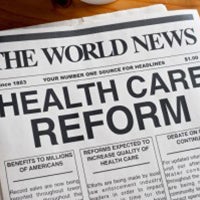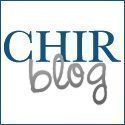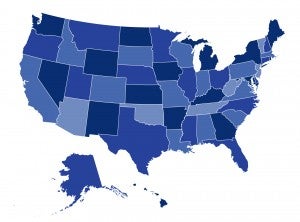Stakeholder Perspectives on Round Three of CMS’s 2022 Notice of Benefit and Payment Parameters. Part 1: State Insurance Departments and Marketplaces

The Biden administration is signaling significant changes for the Affordable Care Act marketplaces with its proposed 2022 “Notice of Benefit & Payment Parameters.” In the first of a three-part series, CHIR’s Rachel Schwab and Rachel Swindle reviewed public comments from state insurance departments and marketplaces about the impact of the new policies. Reviews of comments from insurers and consumer organizations will follow.



